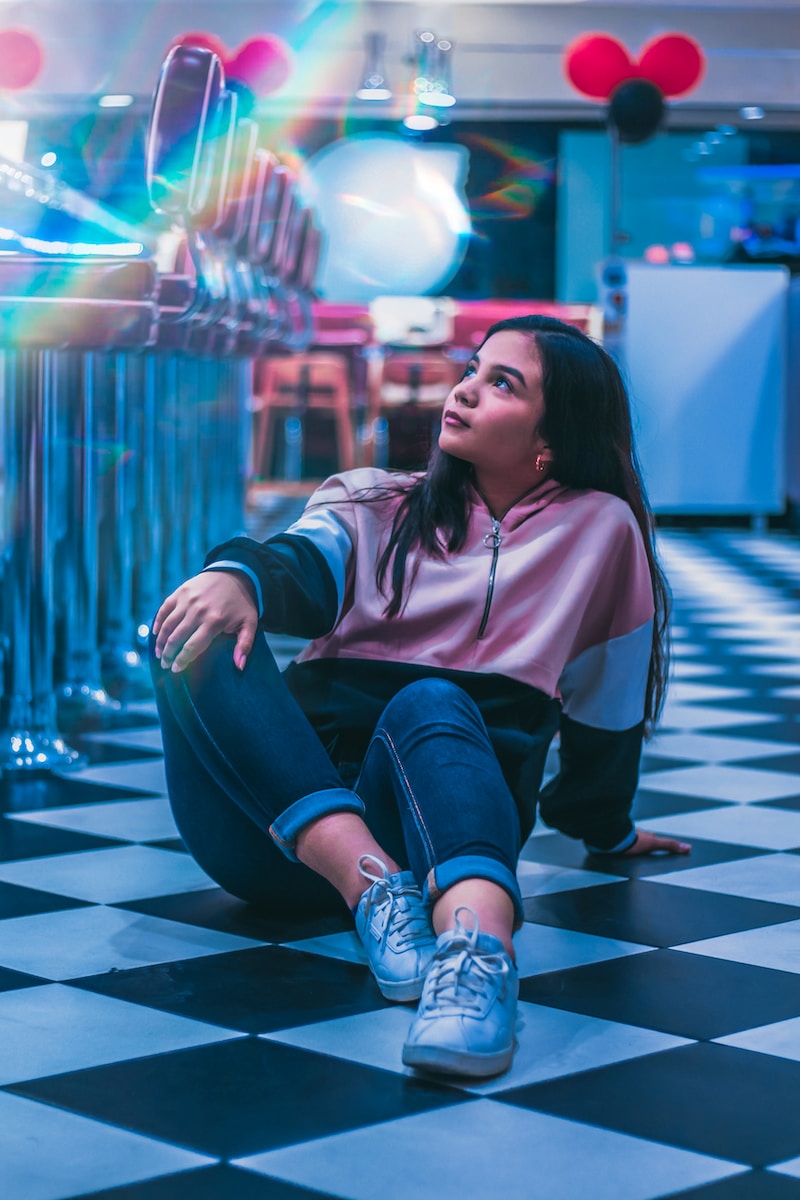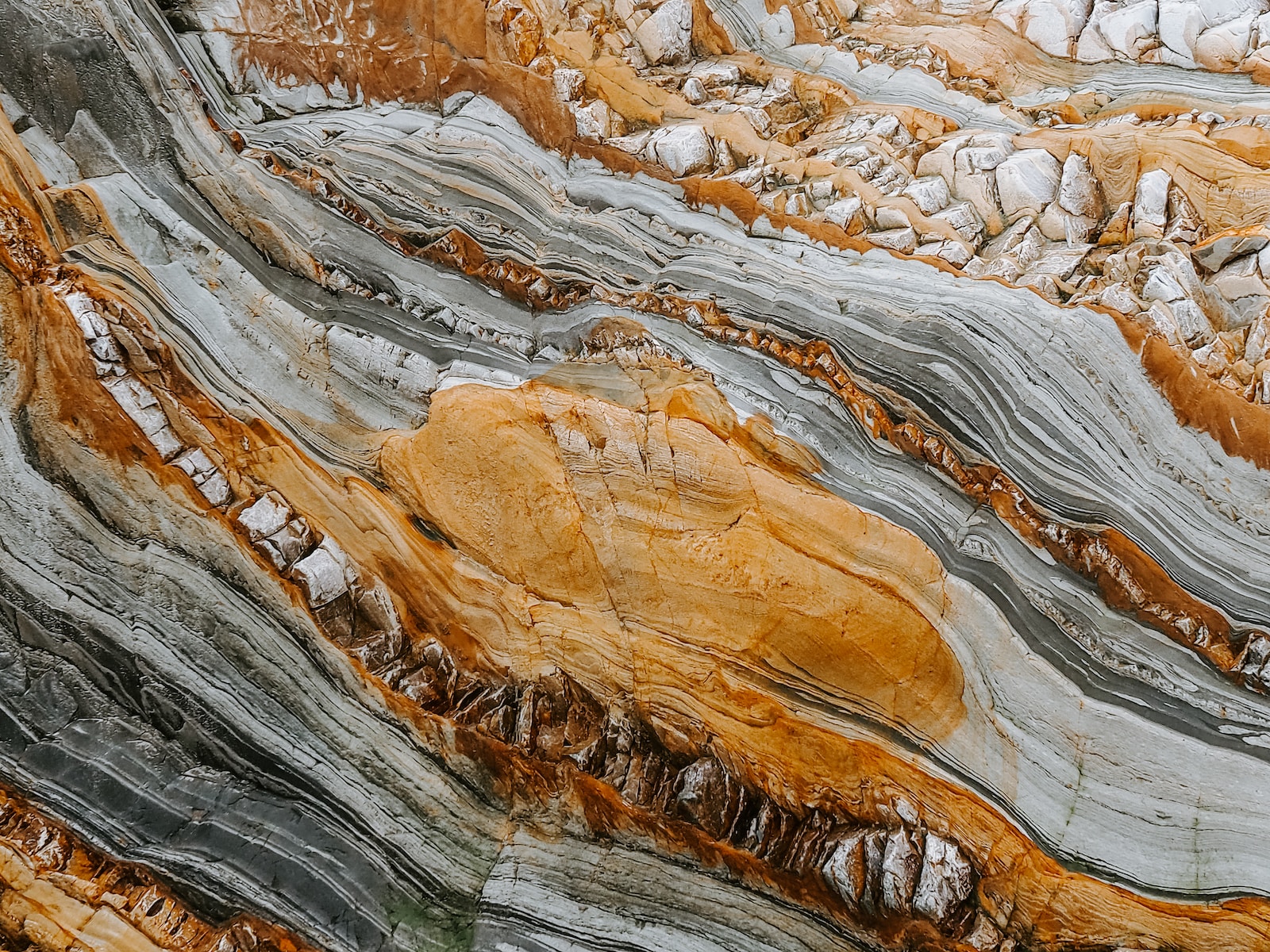Welcome to the Ultimate Guide to Textural Enhancement in Photoshop! If you’re a fine art photographer searching for ways to bring out the textures in your images and create a more compelling composition, you’ve come to the right place. In this guide, we’ll delve into the process of textural enhancement and explore various techniques in Photoshop that will elevate your photographs to a whole new level. Get ready to unlock the potential of your images and discover the secrets of creating visually captivating masterpieces.
Table of Contents
- Understanding Textures
- Take Your Photography to New Heights with Textural Enhancement
- Frequently Asked Questions
- What is textural enhancement in Photoshop?
- Why is textural enhancement important in photography?
- What are some common techniques used for textural enhancement in Photoshop?
- Can textural enhancement be applied to any type of photograph?
- Are there any limitations or considerations when using textural enhancement in Photoshop?
- Are there any specific resources or tutorials available for learning textural enhancement in Photoshop?
- Can textural enhancement be applied to images taken with smartphones or lower-quality cameras?
- Is textural enhancement only suitable for fine art photographers?
- How can I learn more about textural enhancement and its applications?
- Wrap Up
Understanding Textures
Before we dive into the world of textural enhancement, it’s important to have a clear understanding of what textures are and how they can significantly impact the overall composition of an image. Textures add depth, dimension, and a sensory element to your photographs, bringing them to life and evoking emotions in your viewers.
Tools of the Trade
In order to achieve textural enhancement, we’ll be utilizing a range of powerful tools and features in Photoshop. From blending modes to filters and brushes, each tool plays a unique role in revealing and enhancing the textures present in your images. Familiarizing yourself with these tools will empower you to unleash your creativity and transform your photographs into captivating visual experiences.
The Process Unveiled
Now that we have the necessary foundation, let’s dive into the step-by-step process of textural enhancement. From making basic adjustments to utilizing targeted tools, we’ll explore the most effective techniques to bring out those hidden textures. Get ready to embark on a transformative journey as we reveal the secrets behind creating visually stunning compositions.
Advanced Techniques and Pro Tips
As you become more proficient in textural enhancement, you’ll want to push the boundaries and explore advanced techniques. In this section, we’ll uncover some lesser-known features of Photoshop that will take your textural enhancement skills to the next level. Along the way, we’ll also share valuable pro tips and tricks that will save you time and elevate the quality of your work.
Did you know that texture can be both visual and tactile? Visual texture creates the illusion of texture, while tactile texture refers to the physical feel of an object.
Mastering Composition for Textural Enhancement
Understanding the principles of composition is crucial when it comes to textural enhancement. In this section, we’ll explore how to effectively incorporate textures into your compositions to enhance the overall aesthetic appeal of your images. From leading lines to the rule of thirds, we’ll analyze various composition techniques that will help your textural elements take center stage.
Fine-Tuning for Maximum Impact
No textural enhancement is complete without fine-tuning and refining. In this section, we’ll guide you through the process of perfecting your images by adjusting colors, contrast, and tonality. By paying attention to the minute details, you’ll be able to create harmonious compositions that truly showcase the power of textures.
Sharing and Showcasing Your Work
Once you’ve mastered the art of textural enhancement, it’s time to share and showcase your creations with the world. In this section, we’ll discuss the most effective ways to present your work, whether it’s through online platforms, exhibitions, or print. We’ll also explore techniques for creating visually cohesive series that highlight your unique style and vision.
Take Your Photography to New Heights with Textural Enhancement
Ready to take your photography to new heights? With the knowledge and techniques shared in this ultimate guide, you’ll be able to unlock the true potential of your images and create captivating compositions that leave a lasting impact. Whether you’re an experienced photographer or just starting out, textural enhancement in Photoshop will elevate your work and set you apart in the world of fine art photography. Get ready to embark on a transformative journey and watch your images come alive!
Frequently Asked Questions
What is textural enhancement in Photoshop?
Textural enhancement in Photoshop refers to the process of emphasizing and bringing out the textures in an image to create a more compelling composition. It involves using various techniques and tools in Photoshop to enhance the textures and details in your photographs.
Why is textural enhancement important in photography?
Textural enhancement plays a crucial role in fine art photography as it adds depth, dimension, and visual interest to an image. By bringing out the textures, you can create a more tactile and immersive experience for viewers, making your photographs more captivating and engaging.
What are some common techniques used for textural enhancement in Photoshop?
There are several techniques you can use in Photoshop to enhance textures in your images, including:
- Clarity and sharpening adjustments
- Frequency separation
- High-pass filtering
- Dodge and burn
- Texture overlays and blending modes
These techniques allow you to selectively enhance and bring out the textures in different areas of your photograph.
Can textural enhancement be applied to any type of photograph?
Yes, textural enhancement techniques can be applied to various types of photographs, including landscapes, portraits, still life, and more. However, the effectiveness of the techniques may vary depending on the subject matter and the desired outcome. Experimenting with different approaches will help you determine which techniques work best for each specific image.
Are there any limitations or considerations when using textural enhancement in Photoshop?
While textural enhancement can greatly enhance the visual impact of an image, it’s important to exercise restraint and maintain a balance. Avoid overprocessing or exaggerating the textures to the point where they become distracting or unrealistic. Additionally, be mindful of preserving the overall composition and maintaining the intended mood or atmosphere of the photograph.
Are there any specific resources or tutorials available for learning textural enhancement in Photoshop?
Yes, there are numerous online resources, tutorials, and courses available that can help you learn and master textural enhancement techniques in Photoshop. Websites, forums, and video platforms like YouTube are excellent sources for finding step-by-step tutorials and tips from experienced photographers and Photoshop experts.
Can textural enhancement be applied to images taken with smartphones or lower-quality cameras?
Yes, textural enhancement techniques can be applied to images captured with smartphones or lower-quality cameras. While the initial image quality may affect the level of detail and texture available, you can still enhance and bring out existing textures to create a more visually compelling composition using Photoshop techniques.
Is textural enhancement only suitable for fine art photographers?
No, textural enhancement is not limited to fine art photographers. While it is commonly used in fine art photography to add an artistic touch and elevate the emotional impact of images, textural enhancement techniques can be beneficial for photographers across different genres. Whether you’re a landscape, portrait, or product photographer, textural enhancement can enhance the overall quality and appeal of your photographs.
How can I learn more about textural enhancement and its applications?
To delve deeper into the world of textural enhancement and learn more about its applications, consider exploring photography and Photoshop communities, participating in workshops or online courses, and experimenting with different techniques on your own images. Continuously practicing and gaining feedback from other photographers will help you refine your skills and develop your unique style of textural enhancement.
Wrap Up
In conclusion, mastering textural enhancement in Photoshop is an essential skill for any fine art photographer looking to create more captivating compositions. By following the techniques and tips outlined in this ultimate guide, you’ll be able to bring out the textures in your images and add a new dimension to your work.
Remember, practice makes perfect, so don’t hesitate to experiment and explore different approaches. Take your time to understand the specific needs of each image and tailor your textural enhancements accordingly. With dedication and persistence, you’ll soon see your compositions come to life like never before.
Now I’d love to hear from you! Have you tried textural enhancement in Photoshop? What techniques have worked best for you? Share your thoughts and experiences in the comments below. Let’s engage in a discussion and learn from each other’s perspectives.

